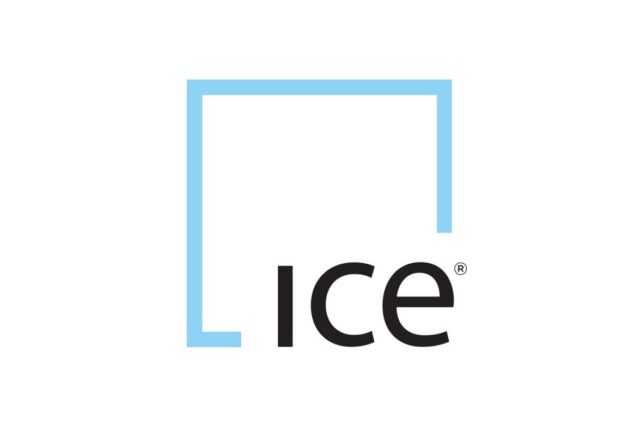MILAN – Coffee futures prices ended mixed on Friday, with New York falling slightly and London recovering, back above the $5,700 mark. The Ice Arabica May contract consolidated downwards after Thursday’s heavy losses (-22 cents in a single session) closing at 389.25 cents, or 1,815 points lower than the previous week.
It is interesting to note that all contracts from December 2025 onwards settled higher, although there is still a strong backwardation situation.
May Ice Robusta coffee futures gained $62 to $5,717, just below the previous week’s close.
Now that we have reached the third decade of February, we can make a short recap of the coffee futures markets’ performance since the start of the year
New York closed in the first session of 2025 at 326.85 cents and has been on a strong upside trend since the end of January, reaching an all-time high on 13th February, when the March contract settled at 438.90 cents (intraday 440.85 cents), up more than a third (+34.3%) from the beginning of the year.
The rally came to a halt last week and the May contract, which has now become the benchmark, fell back below the $4 mark.
Starting from a value of $5,056 on 2nd January, the Ice Robusta rose to a high of $5,817 on 12th February (intraday at $5,839), up 15.1%.
In the following sessions, the decline was much more modest than in New York, with the May contract still remaining above the $5,700 mark.
A new estimate for the Brazilian 2025/26 harvest came from broker Pine Agronegócios, which predicts a production of 59.75 million
Last year’s drought and heavy pruning will lead to a 16% drop in the Arabica crop, which will end up at 36.46 million.
Expectations for the Robusta crop are more positive, with an 8% increase to 23.29 million. This will inevitably have an impact on exports, which will fall by 22% to 39.24 million, compared with 50.5 million in 2024. Stocks, in turn, will fall to 1.6 million.
The above-mentioned figure is well above the official Conab estimate (51.8m), but also well below the median of latest Reuters poll (64.6m).
StoneX is even more optimistic, predicting a crop of 65.6 million thanks to improved weather conditions.
In other news, Cooxupé, Brazil’s largest coffee cooperative, based in Guaxupé (Minas Gerais), expects to receive a total of 5.6 million bags from its members in the 2025/26 crop year: 9.7% less than last year. Exports will fall by 2% to 4.9 million.
Dar-es-Salaam, Tanzania’s largest city, hosted the 3rd G25 Africa Coffee Summit on 21-22 February, which was attended by over 1,500 participants, including policy makers, coffee stakeholders and institutions
Organised by the Government of Tanzania – in collaboration with the Inter-African Coffee Organisation (Iaco) – the Summit was held at the Julius Nyerere International Convention Centre.
The final declaration set a very ambitious target: by 2035, at least half of Africa’s coffee should be processed within the continent for export or domestic consumption.
They also reaffirmed their commitment to invest more in mechanisation, digital marketing and sustainable agronomic technologies. The participating countries also asked the African Union to represent the Iaco in negotiations with the European Union on new EU regulations, in particular the EU Regulation.
Finally, the need to launch initiatives to promote domestic coffee consumption was reaffirmed.
Tanzania, for example, aims to increase local coffee consumption from 7% to 15% by 2030.














